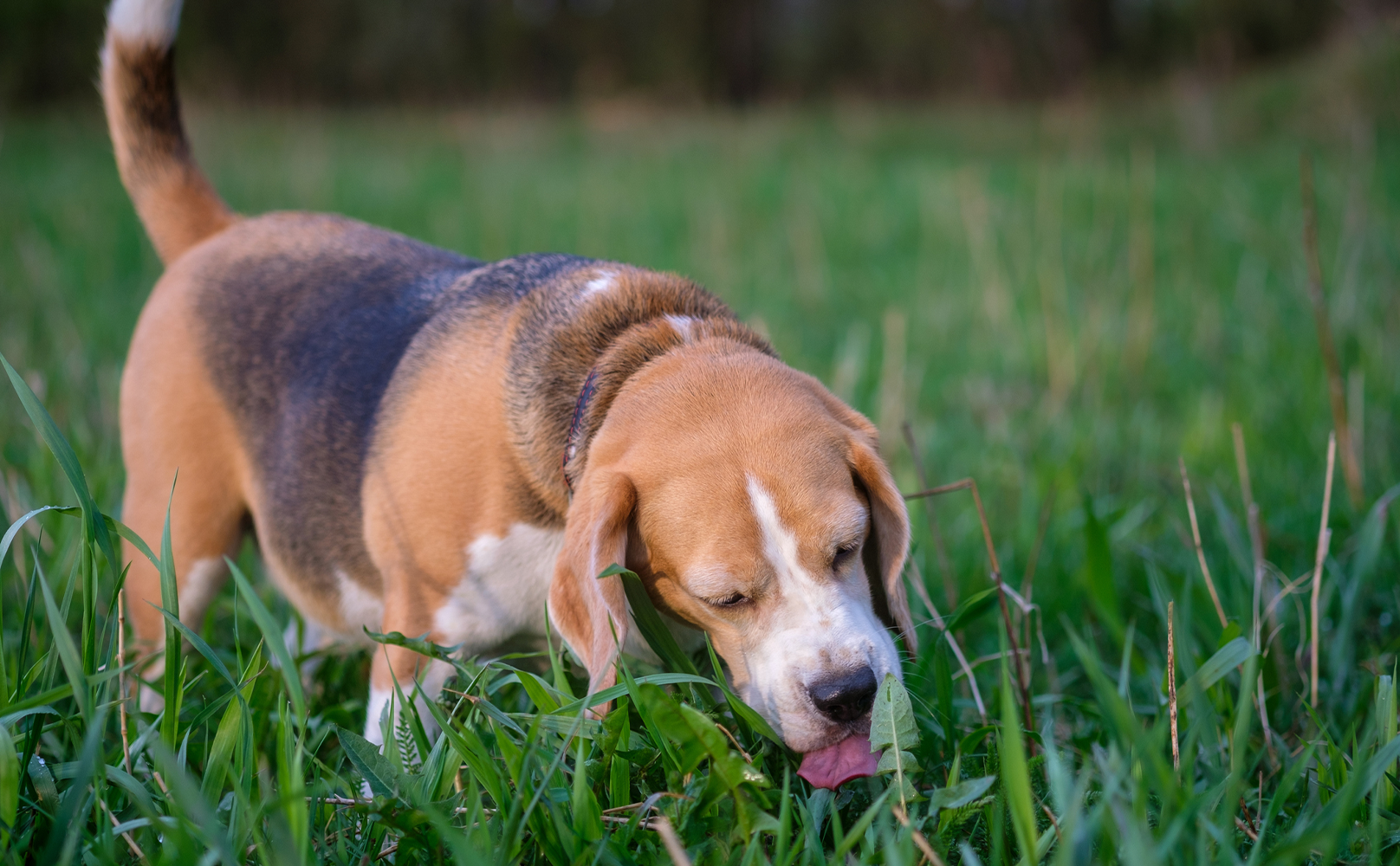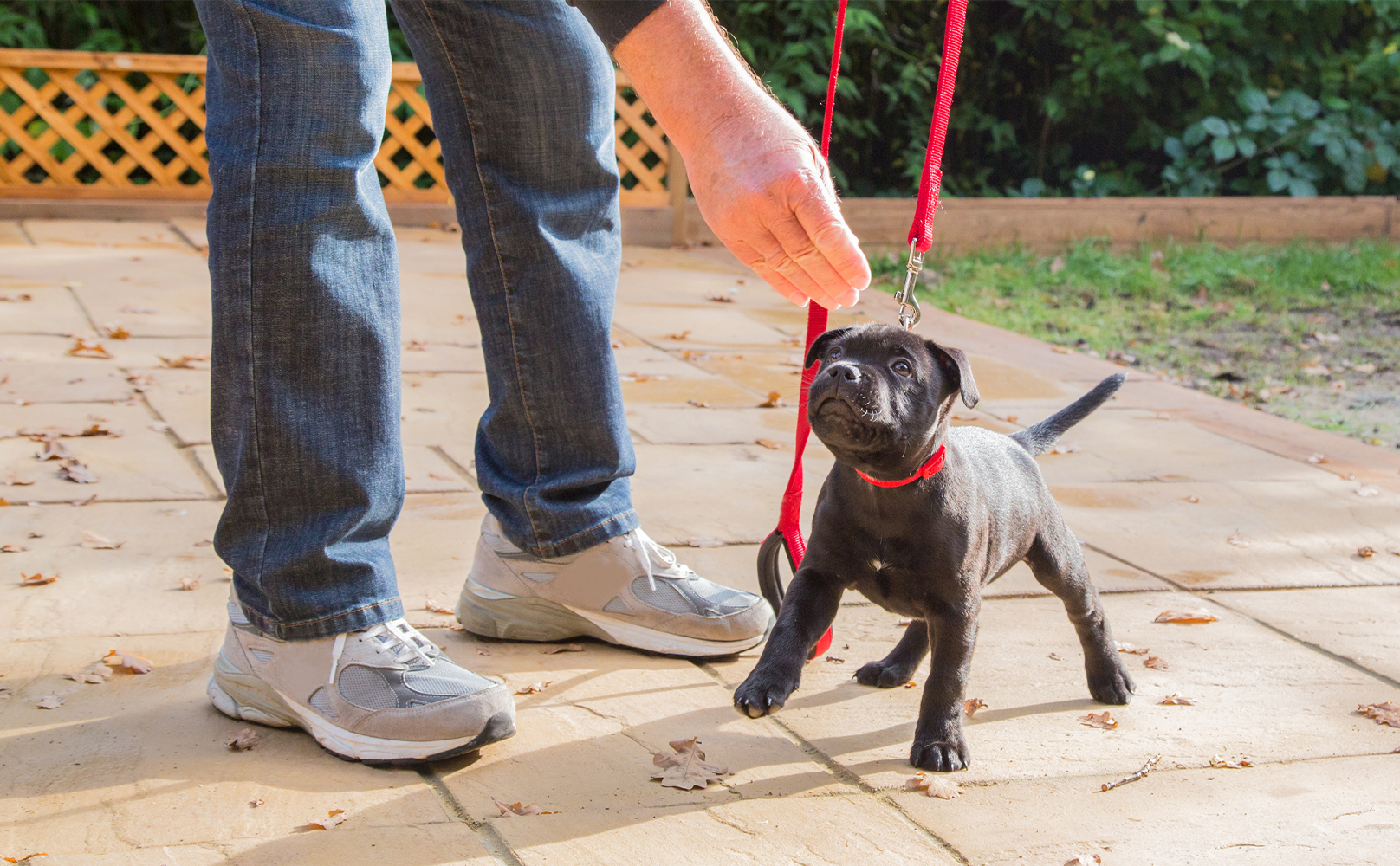***Looking for a gift to blow your new pup’s mind (and reward them for not peeing on your pillow)? Spoil them with a BarkBox! Every month BarkBox delivers 2 original toys, designed in-house, 2 full bags of all-natural treats, and a chew. Sign up here and receive a free extra toy every month. <– This deal is worth up to $120 in value if you sign up for a 12-month subscription! 🙂
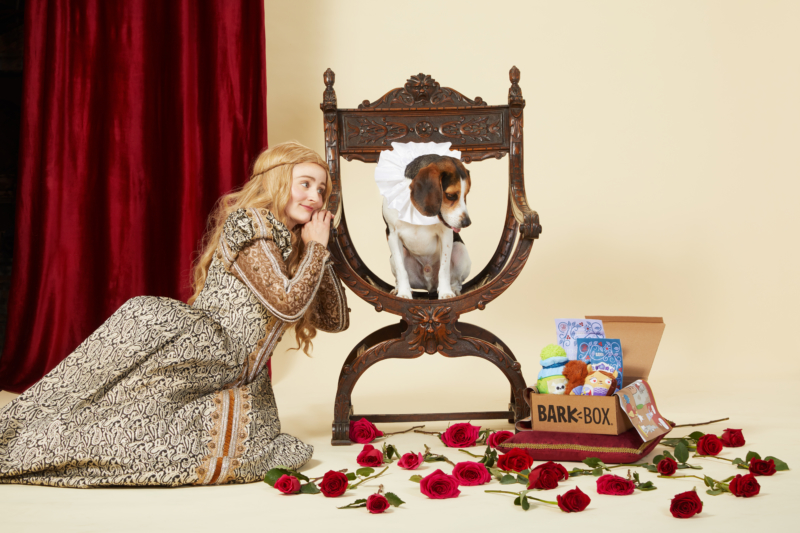

As a puppy parent, you want to train your dog to be the happiest, healthiest pup he can be. That includes everything from teaching them manners to getting them the right food to getting them up to speed on basic commands.
But arguably the top priority on any new puppy parent’s to-do list? Housetraining.
Unless you want to deal with accidents on the regular (and let’s be real—who wants to deal with that?), you need to housetrain your puppy immediately and consistently. And one tool many pet parents rely on to help them through the process? Pee pads.
But what, exactly, are pee pads? What are the pros and cons? And are pee pads actually an effective tool for housetraining?
What Are Pee Pads?
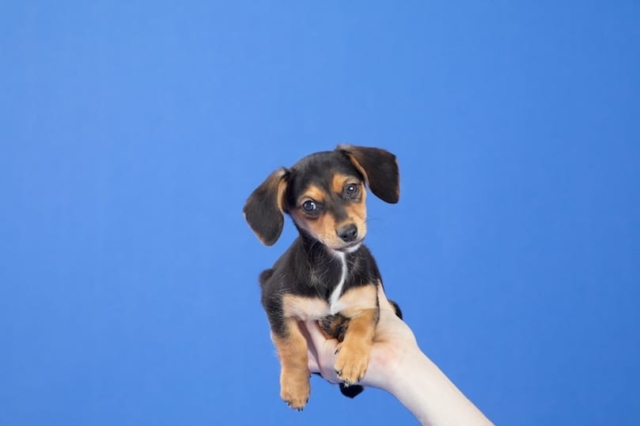

First things first. Before we jump into whether pee pad training is the right fit for your dog, let’s talk about what pee pads are.
Pee pads are pieces of absorbent material (typically in the shape of a square or rectangle) that you lay on your floor. When your dog relieves him or herself on the pad, it acts as a barrier between your dog’s business and your floor. So, instead of puppy pee getting absorbed into your carpet or hardwood floors, it gets absorbed into the pee pad.
Pee Pads: Pros & Cons
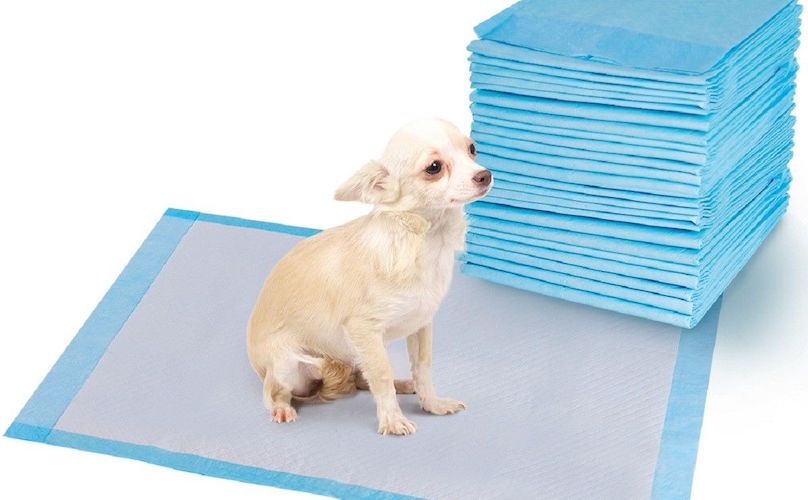

Ok, so now that you know what pee pads are, let’s talk about some of the reasons you might want to use them—and some of the reasons you might not.
PROS:
There are a number of potential benefits to pee pad training, including:
- They protect your floors. If your dog isn’t housebroken, the chances that he’s going to have an accident in your home are high. Pee pads protect your carpet and floors from any damage caused by your dog relieving him or herself in your home.
- They’re convenient. Pee pads are also extremely convenient. They’re super lightweight, so you can put them on any surface in your home where your pet might relieve themselves. Then, once they’ve been used, you just grab them from the floor and throw them in the trash.
- They’re great for puppies. Puppies don’t have great potty control. Pee pads give them a safe and comfortable place to use the bathroom while they’re learning the ropes of housetraining.
- They can be helpful for dogs with mobility issues. If you have a dog with mobility issues, they might not be able to make it outside to use the bathroom. Pee pads allow them to stay comfortable and go to the bathroom when necessary—without having to make the long trek outside.
- They can be useful during periods when your dog is alone. If you have to leave your dog alone for a long stretch of time, pee pads can be super helpful. They give your dog a place to do his business—and you don’t need to worry about coming back after a long day to find a nice little “surprise” on your white carpet.
CONS:
Now let’s take a look at the not-so-great side to pee pads:
- They’re not the most environmentally friendly option. Using pee pads creates a lot of excess trash, which isn’t exactly great for the environment.
- Your dog could become too comfortable. The biggest potential issue with pee pads is that your dog can get too comfortable with the pee pads—which can make them hesitant to use bathroom outside.
How To Pee Pad Train Your Dog…
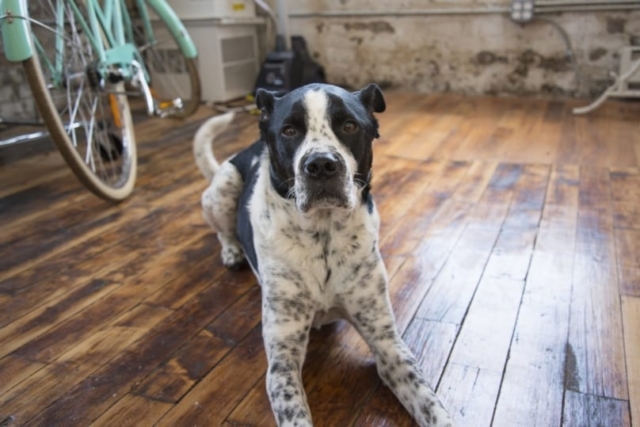

Only you can decide if pee pad training is right for your dog. If you do decide to move forward with pee pad training, here’s how to do it:
- Keep your dog confined to a specific area of your house. If your dog isn’t housetrained, you don’t want them roaming all over your home. Instead, keep them confined in a playpen or sectioned off in an easy-to-clean area of your home.
- Keep your dog’s leash on, and when you notice they look like they needs to use the potty, take them by the leash and lead them to their pee pad.
- Once they do their business on the pee pad, make sure to give them plenty of praise. You want to positively reinforce your pup anytime they use the pee pads.
- If they have an accident, don’t punish them or scold them! Instead, just quickly take them over to the pee pad.
- Take your dog to the pee pads at regular intervals. The younger the puppy, the more frequently you should take them to the pee pads—but a good rule of thumb is every two hours. Stand with your dog for a few minutes and wait for them to use the pee pad. If they do, layer on the praise. If they don’t, no worries—give them five minutes and then let them return to his previous activity.
Keep up with these tips until your dog knows to use the pee pad on his own. When you notice them using the pee pad without your guidance, make sure to give them plenty of praise! You can also start giving your dog a little more freedom around the house. If they continue to use their pee pads, great! If they start having accidents in other areas of your house, that’s ok, too—they’re just not ready. Keep training them with the pee pads until they achieve a higher level of mastery (and a lower level of accidents).
…And How To Teach Them To Go Outside
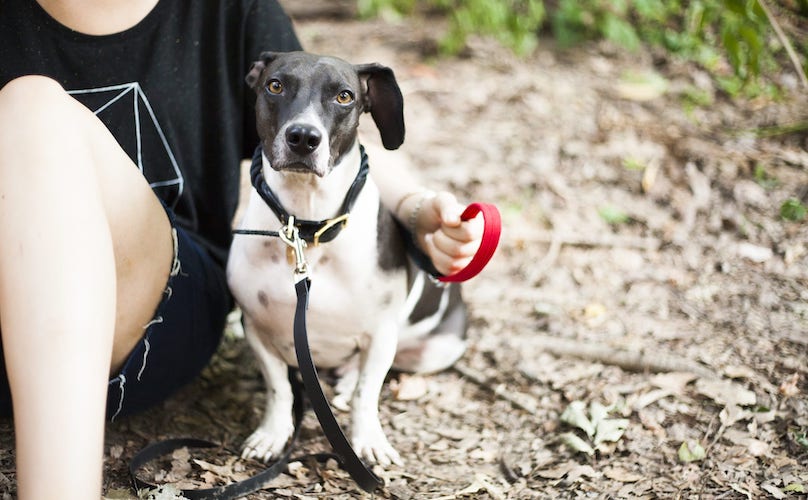

Pee pads can be a good tool for housebreaking your puppy. But eventually, you’re going to want to teach them to do his business outside! Here are the steps to take to wean your dog off pee pads (and get them to go potty outside):
- Slowly start moving your dog’s pee pads closer to the door. Every day, inch your dog’s pee pad a bit closer to the door. The goal is to get your dog comfortable using the pee pad when it’s directly next to the door that leads outside. If your dog starts having accidents, it could mean that you’re moving the pee pad too quickly. Be patient and give your dog time to adjust.
- Move the pee pad outside. Once your dog is comfortable using the pee pad next to the door, it’s time to move the pee pad outside. Allow them to use the pee pad outside for a few days.
- Once he’s comfortable using the pee pad outside—and is going to the door to let you know they have to use the potty—try removing the pee pad completely. At this point, your dog should understand that they need to go outside to do their business.
- If you catch them having an accident in the house, quickly take them outside. The more you reinforce that outside = potty, the more likely he’ll be to do his business outside.
The Final Verdict
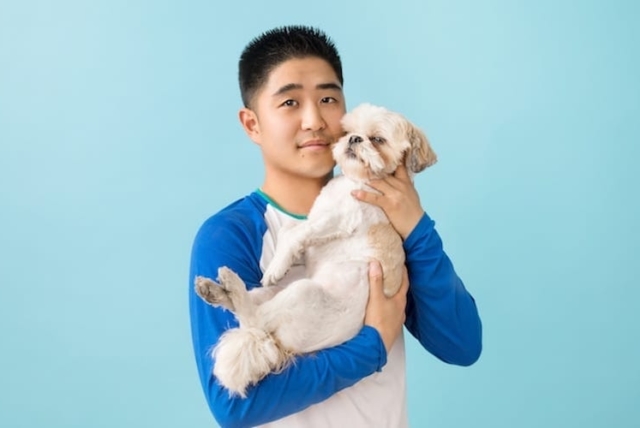

When it comes to pee pads, there’s no right or wrong answer. If you do use pee pads, make sure you train your dog to use them effectively—and, eventually, you train them to forget the pee pads and go potty outside.
Looking For More Posts Like This?
How Do I Find A Trainer For My Dog?




